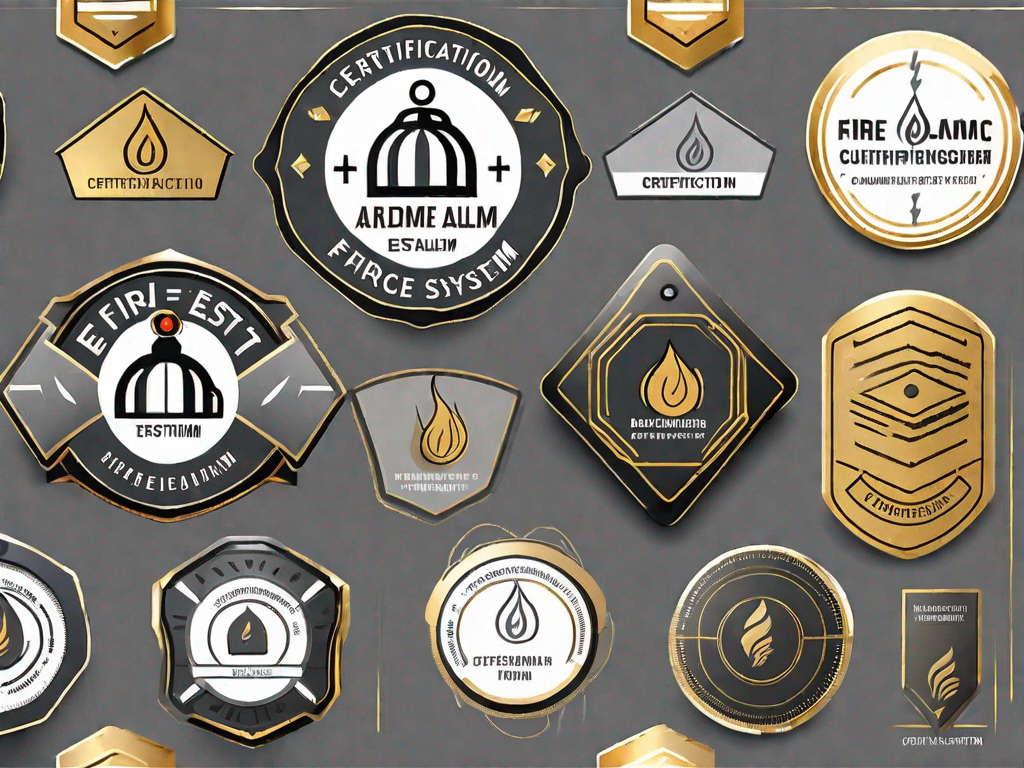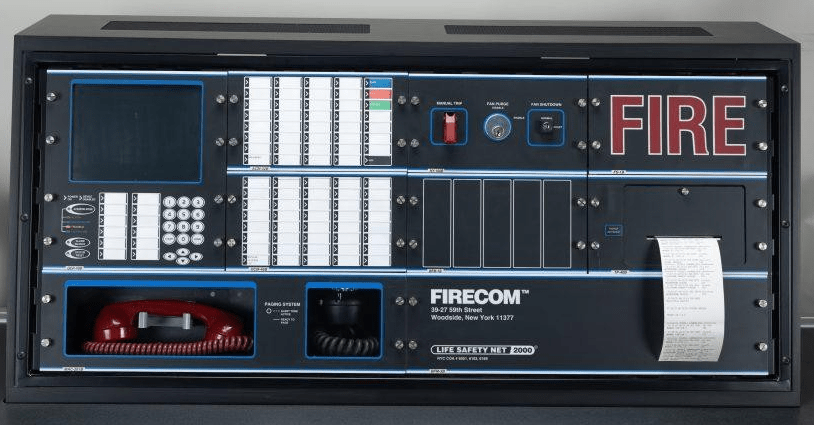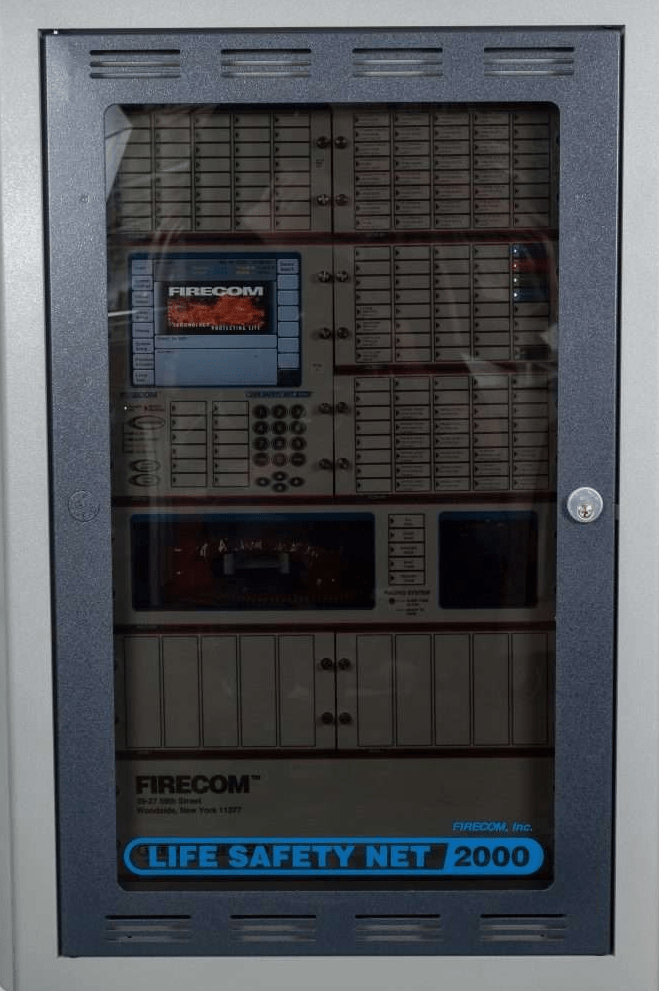
Required certifications for installing or managing EST4
In the field of fire alarm systems, the EST4 is widely recognized as the latest and most advanced fire alarm system on the market. Understanding its intricacies and obtaining the necessary certifications for its installation and management is crucial for professionals in this industry. This article provides an overview of the EST4 system, highlights the importance of certifications, explores different types of certifications available, explains the process of obtaining them, and discusses the career opportunities that come with EST4 certification.
Understanding EST4: An Overview
What exactly is the EST4? Developed by a leading fire alarm systems manufacturer, the EST4 is a sophisticated system that integrates various components to detect and respond to fire emergencies effectively. It is designed to provide early detection, rapid response, and improved safety in a wide range of occupancies and building sizes.
Imagine a bustling office building with multiple floors and hundreds of employees. In the event of a fire, the EST4 acts as the eyes and ears of the building, constantly monitoring for any signs of danger. It detects smoke, heat, and other indicators of fire, instantly relaying this information to the control panel while instantly contracting emergency services to dispatch the fire department to the site.
Importance of EST4 in Fire Alarm Systems
Implementing the EST4 fire alarm system brings numerous benefits. Firstly, it enhances the overall effectiveness of fire detection and response. Rapid and accurate identification of fire incidents reduces the risk of injury and property damage.
Management Certifications (EST4 System Inspection, Testing, and Maintenance Certification)
Management certifications are designed for professionals responsible for the ongoing maintenance and management of EST4 systems. These certifications delve into system troubleshooting, maintenance, and software updates. They cover the skills needed to ensure the system’s proper functioning and compliance with industry standards.


